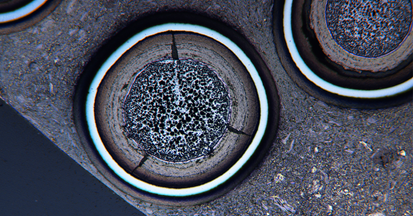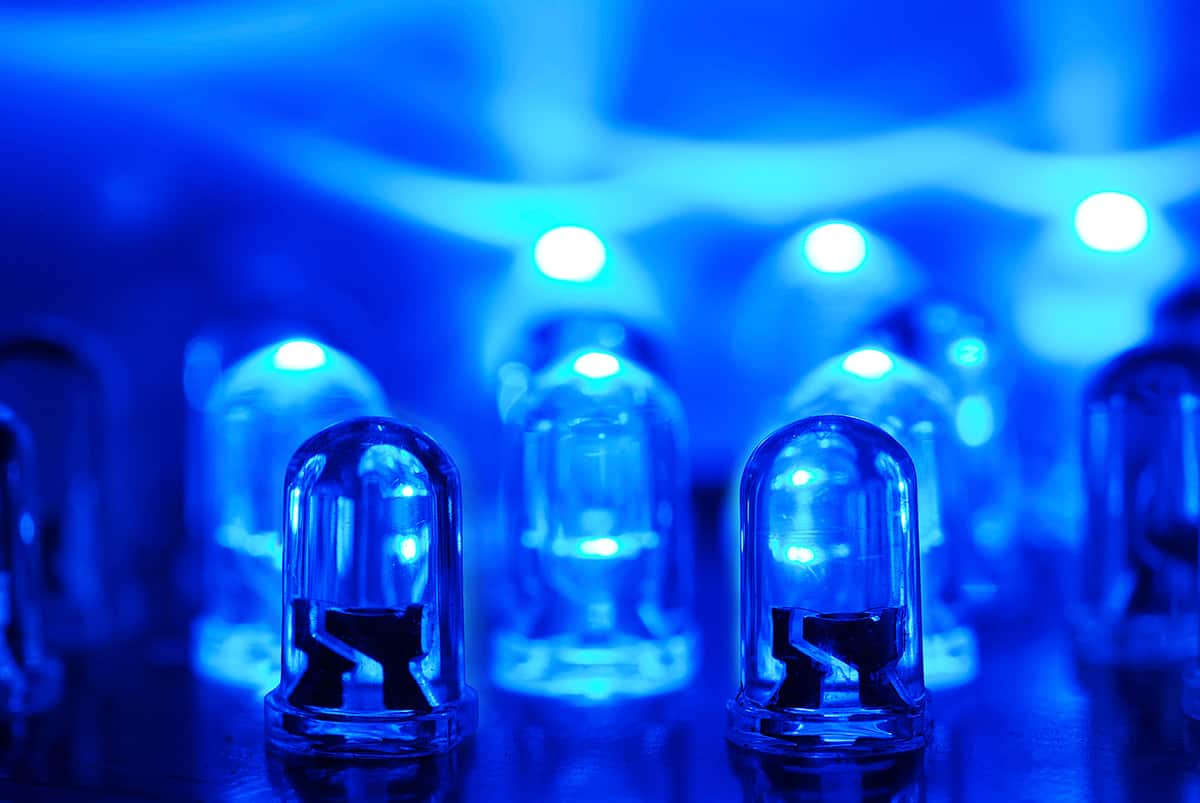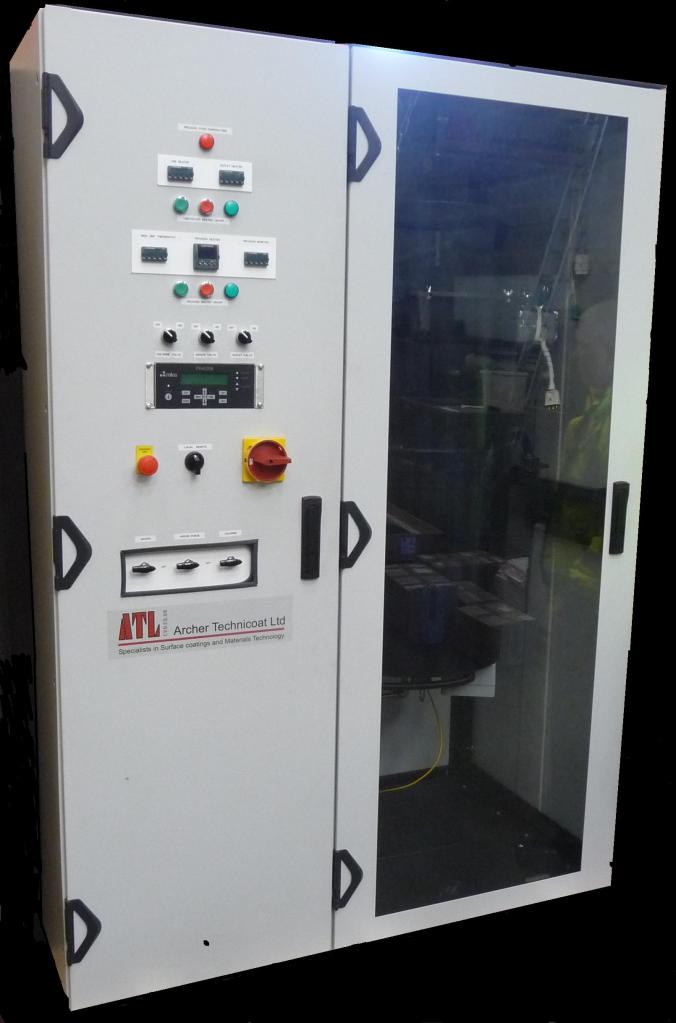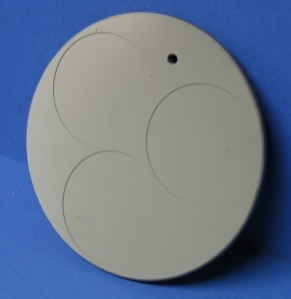With US, Chinese and UAE probes arriving at Mars within the space of a few days and Elon Musk regularly launching and crash-landing his prototype Starship as part of his dream to colonise the planet, long distance space travel is very much in the news. NASA thinks if you want to get astronauts to Mars or further afield and back, you need to go faster, and conventional rockets cannot achieve that. Nuclear Thermal Propulsion could.
The concept of a thermal nuclear rocket, or TNR, is both simple and old. Indeed, the US spent $1.5Bn on Project Rover between 1955 and 1973. They built several prototype engines and proved the concept, but none ever made it off the ground. In the end NASA prioritised the Space Shuttle.
The simple principle of a TNR is that you pass a gas, any gas, but normally hydrogen, through a nuclear core, heating it, then allow the hot gas to expand through a rocket nozzle creating thrust. The advantage of this type of engine is that besides the nuclear fuel, you only have one very light fuel (hydrogen) as opposed to two (hydrogen and oxygen) so you save the weight of all that oxygen and therefore you can build an engine with a much-improved power to weight ratio, or ISP as rocket scientists like to call it. The higher the temperature to which you can heat the gas, the more thrust (and higher ISP) you get.
The drawbacks of a TNR are equally simple: The exhaust is likely to be radioactive and the consequence of any launch accident ‘unfortunate’ to say the least. TNRs then are never going to be seen launching spacecraft from the surface of the earth. They come into their own however for long-distance space travel, to Mars and beyond, and therefore interest in TNRs is reviving, on both sides of the Atlantic.
NASA, through AMA (Analytical Mechanics Associates) is funding a $125m study and working with industry partners, including General Atomics, Ultra Safe Nuclear Technologies (USNC-Tech) and BWX Technologies.
UKSA recently announced a study and is working with Rolls Royce. Their approach will be slightly different as they will use a nuclear reactor to produce electricity which will then be used to provide the thrust. I am guessing this could either be thermally or possibly an ion drive, something the UK has good experience of already.
When it comes to rocketry, hotter is better. That does not sit too well with conventional nuclear reactors where cooling is critical, and when cooling fails the consequences can be catastrophic, as evidenced by Three Mile Island, Chernobyl and Fukushima to name but three.
To build an TNR then you need to develop a heat resistance fuel. Fortunately, a lot of work has gone into making melt-down proof nuclear fuel, the best known is Tristructural Isotropic Particle Fuel, known as TRISO fuel. TRISO fuel particles typically consist of a 0.5mm dia kernel of Uranium OxyCarbide encapsulated by 4 layers of porous carbon, an inner layer or pyrocarbon, Silicon carbide and an outer layer of pyrocarbon. These layers are deposited by CVD in a specialised reactor known as a Fluidised Bed Reactor or FBR. This combination of coatings serves to both protect the kernels and contain the highly radioactive fission products.
There are still problems though. The silicon carbide layer in the TRISO particle needs to be upgraded, the leading candidate to replace it is zirconium carbide, ZrC. ZrC is one of a family of materials know as Ultra High Temperature Ceramics or UHTCs. ZrC has a melting point of 3540°C, that’s 840°C higher than where SiC turns to a vapour!
Once you have the TRISO particles you still must form them into fuel elements, either spherical or cylindrical. Historically the matrix for this has been carbon powder and a binder or graphite, but for space flight something more robust is required. USNC-Tech employ a Silicon Carbide matrix in their FCM fuel (Fully Ceramic Micro-encapsulated).
Long cylindrical fuel elements are made by inserting a stack of cylinders of fuel into a jacket. In a typical nuclear reactor, this jacket is a zirconium alloy, but this will not do for a TNR. The leading candidate material to replace the Zircalloy is a Ceramic Matrix Composite, CMC, made up of a silicon carbide matrix reinforced by silicon carbide fibres (SiC/SiC). This material has the required properties in terms of temperature, radiation resistance and the short cylinders of fuel are packed end on end into SiC/SiC tubes, the end sealed making a fuel element that can run at very high temperature, is melt-down proof, does not leak fission product, and can last up to 30 years without replacement. All these things are essential for a TNR but they are also very useful for new generations of power generating reactors back on earth too, especially with Small and Micro Modular Reactors (SMR/MMRs) being all the rage at the moment.
If you’ve read this far, congratulations. So where does ATL come in? In several ways:
ATL is currently designing and building a CVD FBR reactor specifically for the development of TRISO fuel particles.
The development of CVD and CVI processes, and the manufacture of equipment for, the deposition of interlayers and matrices for CMCs has been one of ATL’s major activities for many years. We are now able to offer equipment that can produce SiC/SiC CMC tubes for fuel rods up to 5m long.
ATL is currently ramping up its activities in the field of UHTCs, particularly those with a melting point above, 3,200degC, specifically HfC, TaC, NbC, ZrC, HfN, HfB2, ZrB2. ATL has carried out research programmes on TaC and ZrB2 and work on the other UHTCs particularly ZrC is in progress or planned.
Should you wish to learn more, please contact the author or take a look at the ATL website www.cvd.co.uk








